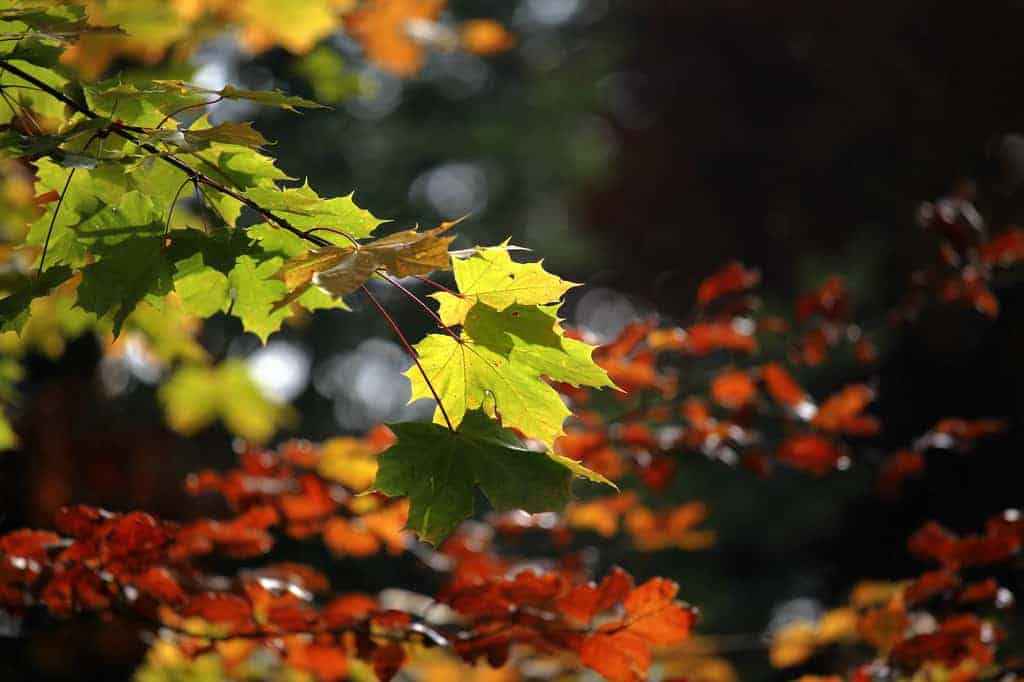Vets warned to watch for Atypical Myopathy

Vets are being urged to remain on ‘high alert’ for outbreaks of Atypical Myopathy (AM) this spring, following a dramatic rise in the deadly disease last year.
Autumn surge
According to the British Equine Veterinary Association (BEVA), there were more than five times as many cases of AM last autumn than in the previous year. The disease tends to occur more frequently in the spring following an autumn surge.
Atypical Myopathy is a serious muscle disease, linked to horses eating the seeds from trees in the Acer family, including sycamore and box elder. Survival rates are less than 25 percent and early diagnosis gives the best chance of recovery.
Clinical signs include muscle weakness or stiffness, colic-like symptoms, laboured breathing, dark red-brown urine, recumbency or sudden death.
Preventative advice
To avoid ingestion of the seeds, BEVA recommends horse owners check their spring pasture carefully for seeds. Turnout should be limited if you are concerned about seeds, and supplementary hay or haylage should be given in the field.
Other recommendations include to avoid leaving wet hay on the ground, where it will rot, and fencing off areas with signs of seeds.
Owners should also be aware a field without sycamore trees can still contain seeds spread by high winds or flood water.
New research
Professor Celia Marr, European specialist in equine internal medicine and editor of theEquine Veterinary Journal, said: “New, collaborative research, instigated last year between the University of Liege, the Irish Equine Centre and the Animal Health Trust should shed more light on the characteristics of the disease in this country.
“Once we know more about the specific causes we should be able to make more positive progress with prevention strategies.”






